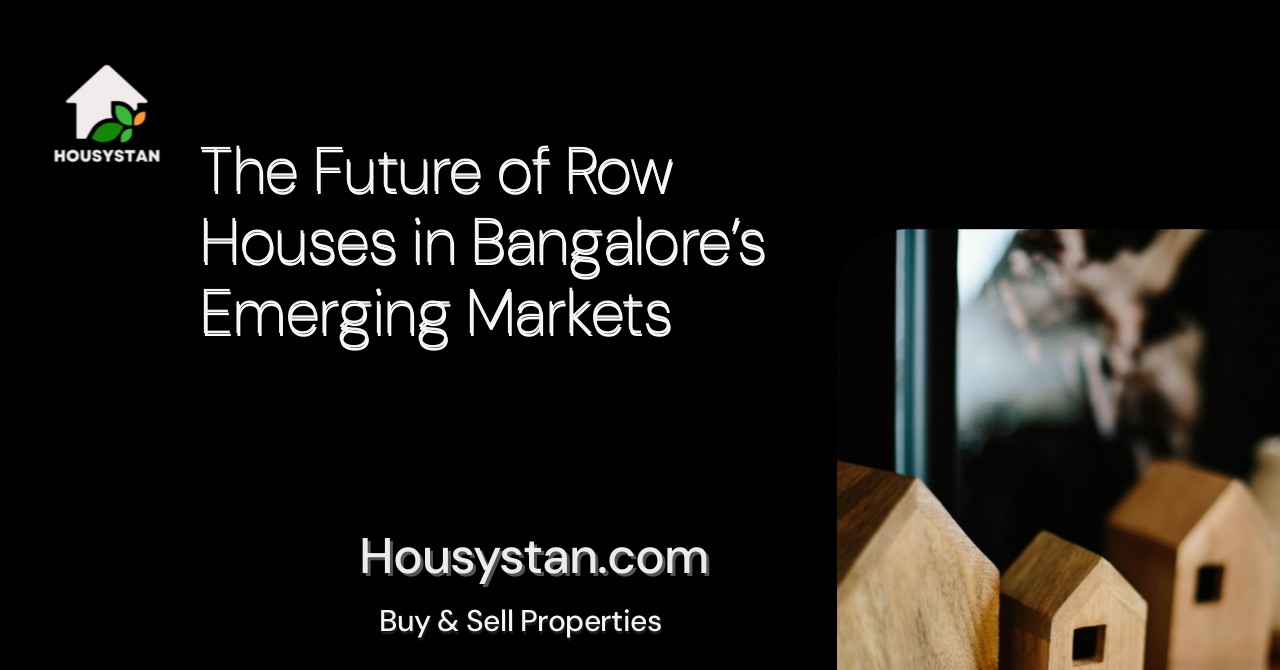The Future of Row Houses in Bangalore’s Emerging Markets
Read latest blogs and articles from Housystan

The Information mentioned here was last updated on:
28/12/2025The Future of Row Houses in Bangalore’s Emerging Markets
Bangalore, often referred to as the Silicon Valley of India, is experiencing a remarkable transformation in its real estate landscape. Among the latest trends shaping the city’s housing market is the growing demand for row houses, especially in emerging localities. These contemporary residential spaces seamlessly blend modern architecture with the charm of community living, making them an attractive option for families, professionals, and investors alike. As Bangalore continues to expand, row houses are poised to play a crucial role in meeting the city’s evolving housing needs.
One of the key factors driving the popularity of row houses in Bangalore is the city’s rapid urbanization. Areas such as Whitefield, Sarjapur, Devanahalli, and Hennur Road have witnessed significant infrastructural development, improved connectivity, and the emergence of IT parks and business hubs. These localities offer a balanced lifestyle by providing proximity to workplaces, educational institutions, healthcare centers, and entertainment zones. Row houses in these regions offer residents a unique blend of privacy and community, often featuring shared amenities like landscaped gardens, clubhouses, and dedicated play areas for children.
- Verified Tenants/Buyers
- Unlimited Property Listing
- Zero subscription/charges fee
Environmental sustainability is another compelling reason behind the surge in row house projects. Many developers in Bangalore are now integrating green building practices, energy-efficient designs, and rainwater harvesting systems into their row house developments. These eco-friendly initiatives not only reduce environmental impact but also promote healthier and more sustainable living for residents. The focus on open spaces, natural ventilation, and ample sunlight makes row houses a preferred choice for those seeking a harmonious connection with nature within the city limits.
From an investment perspective, row houses in Bangalore’s emerging markets present promising returns. With property values steadily appreciating in developing neighborhoods, buyers can benefit from both capital growth and rental income. Furthermore, the limited supply of row houses, compared to high-rise apartments, ensures exclusivity and long-term value retention. As urban homebuyers seek alternatives to crowded apartments, row houses stand out as a premium, future-ready solution that aligns with the city’s vision for sustainable and inclusive growth.